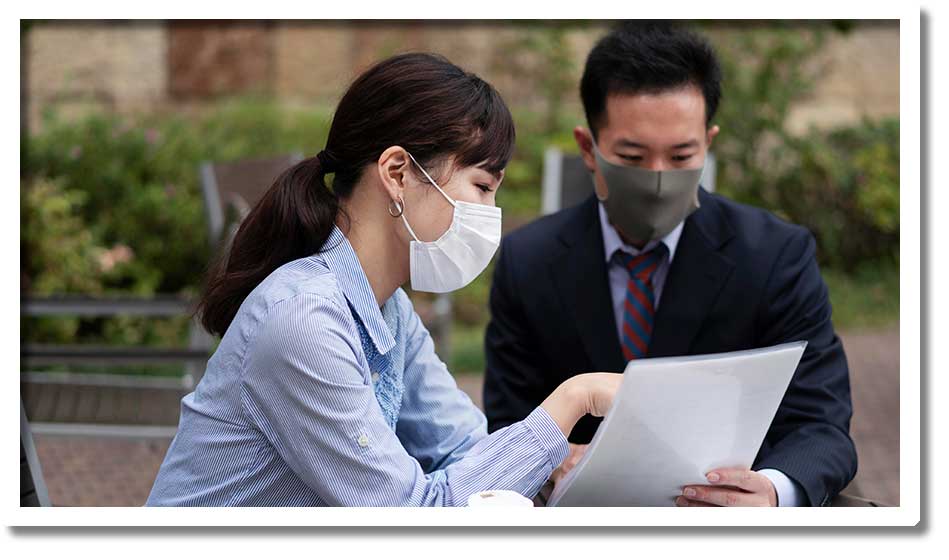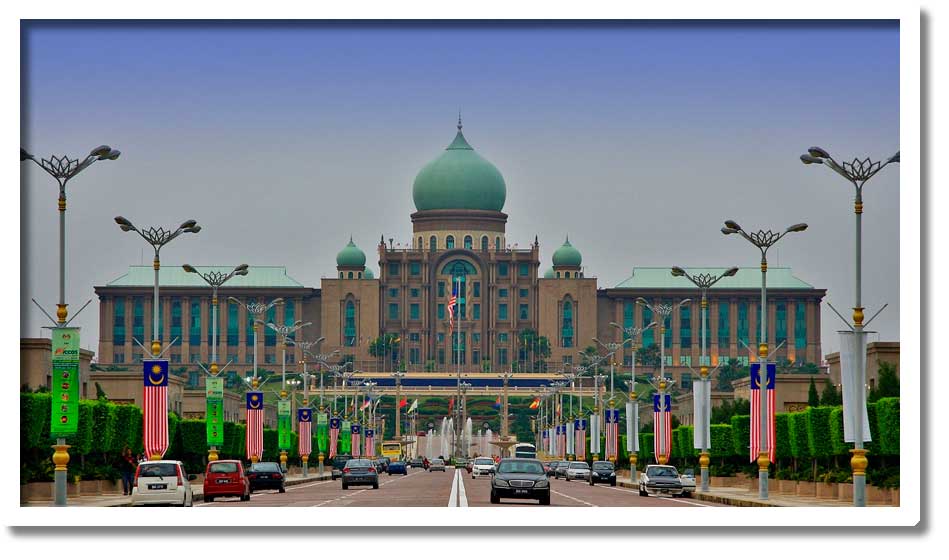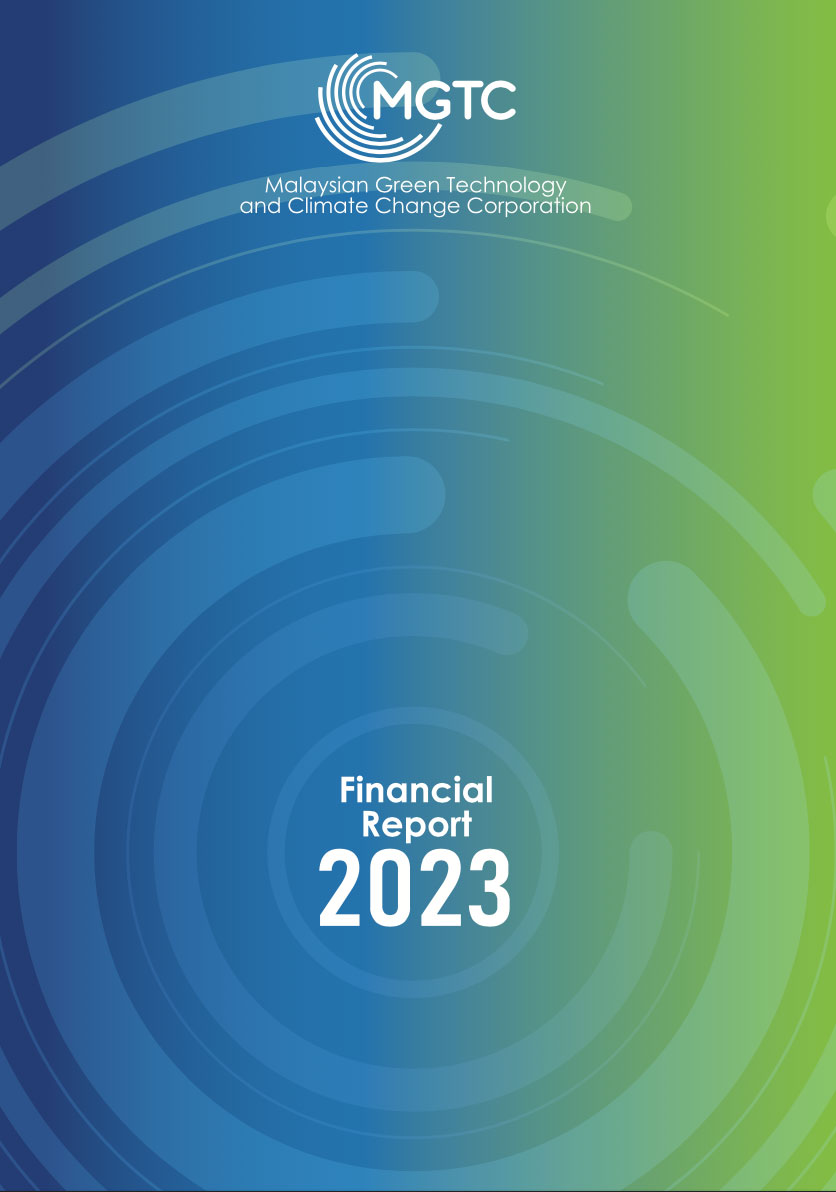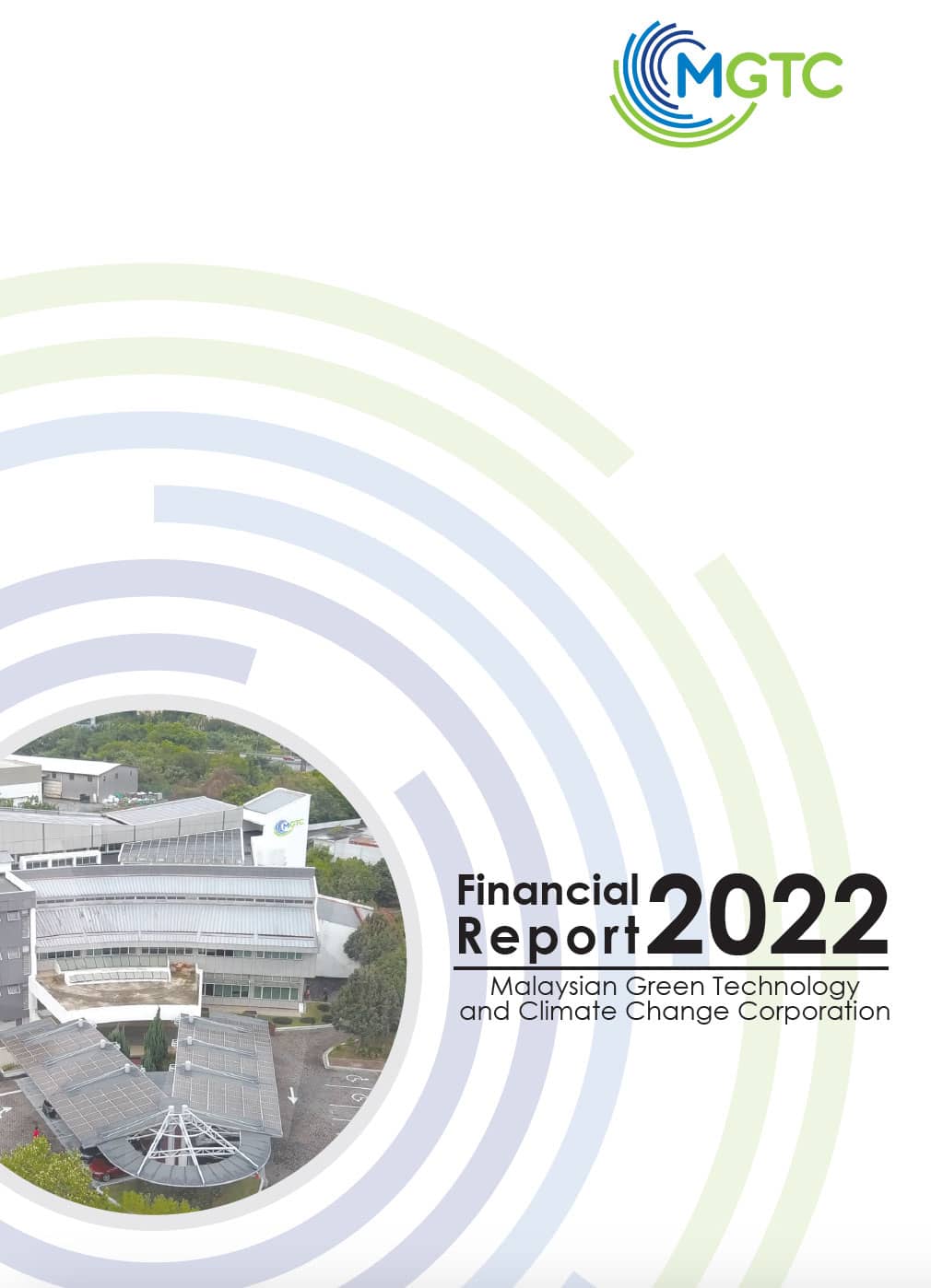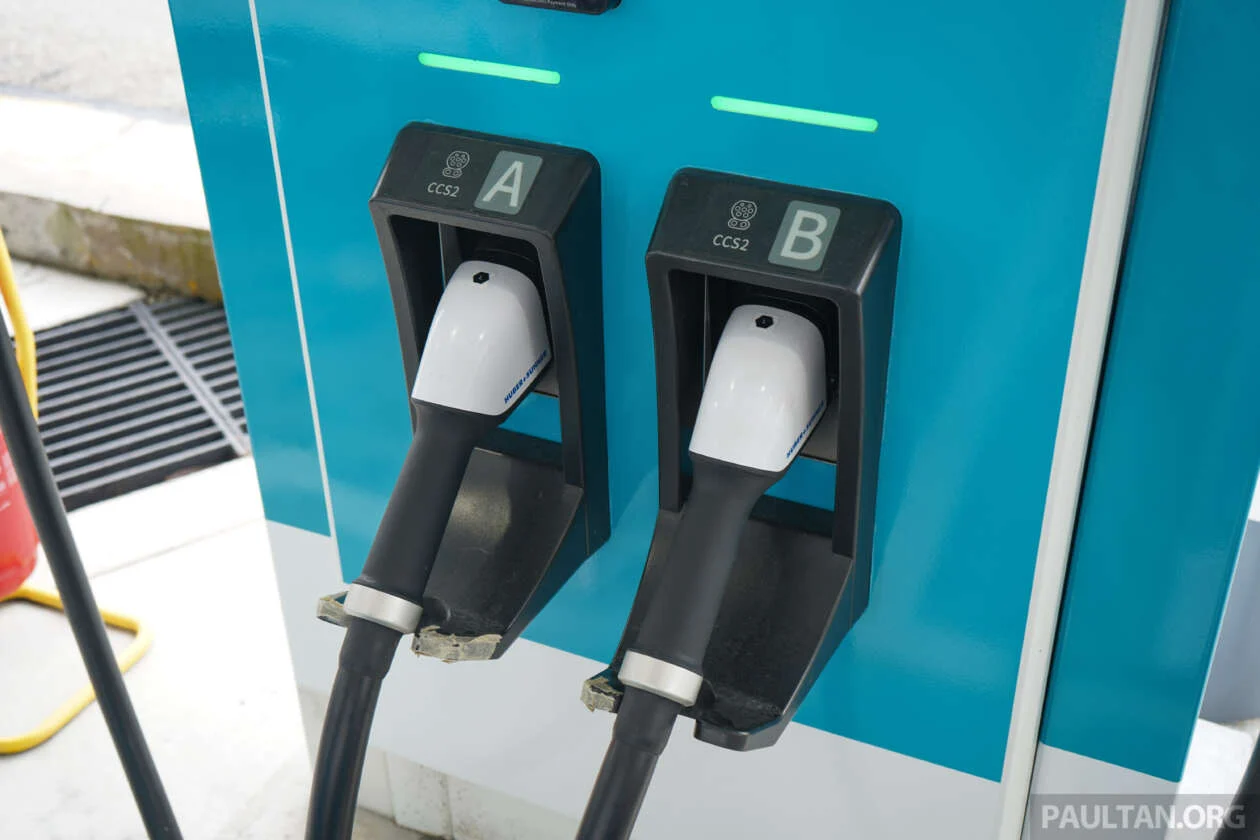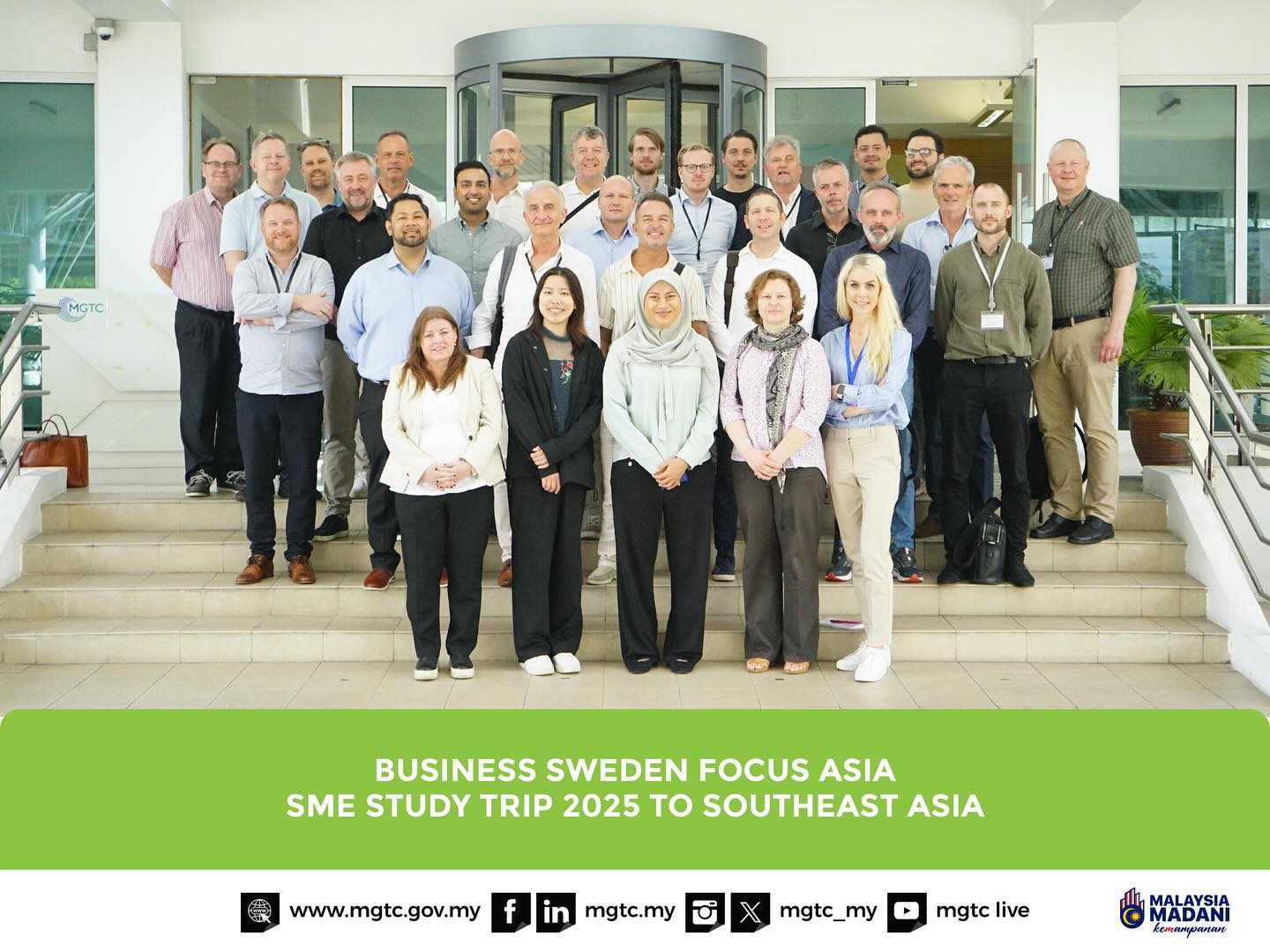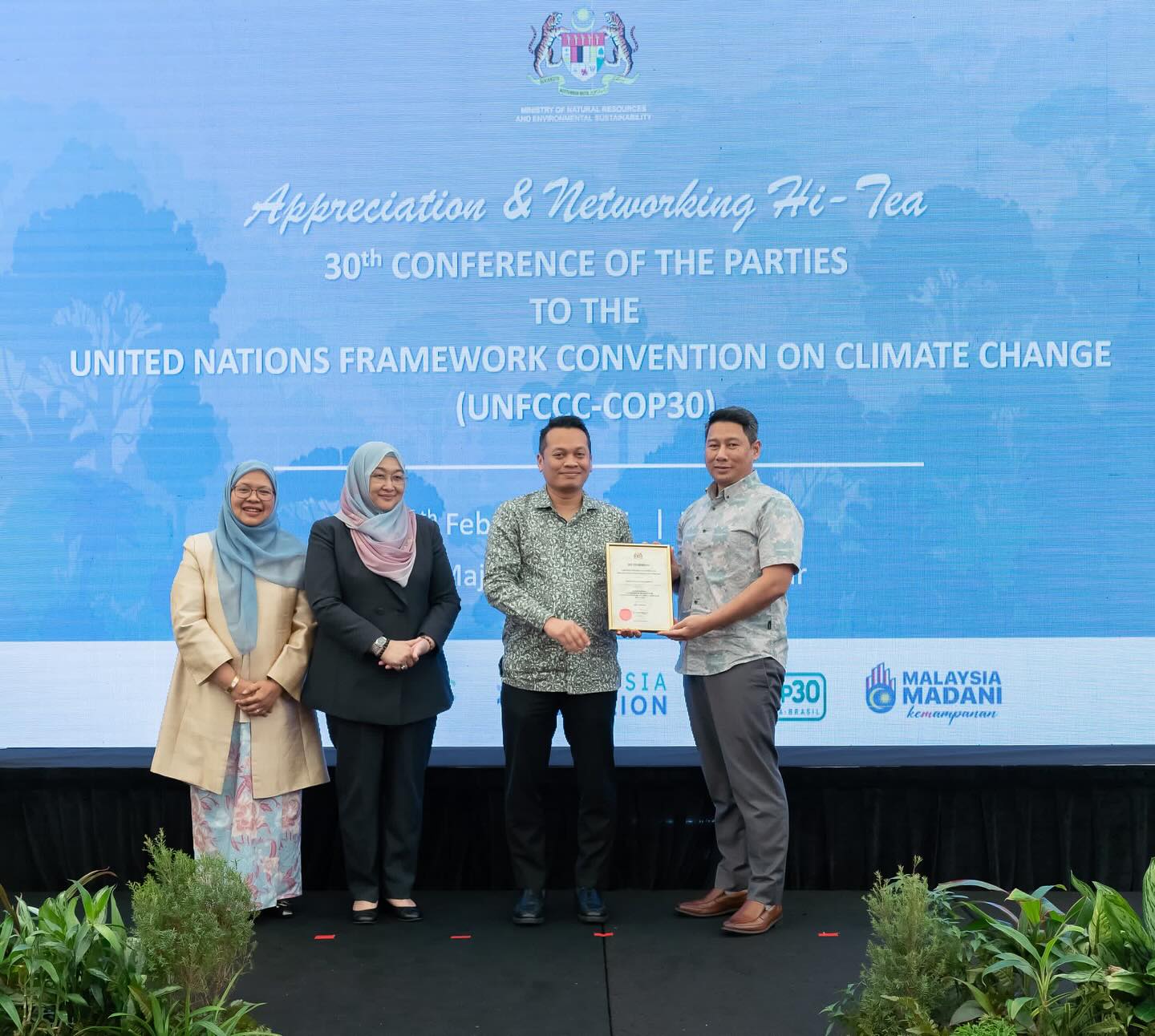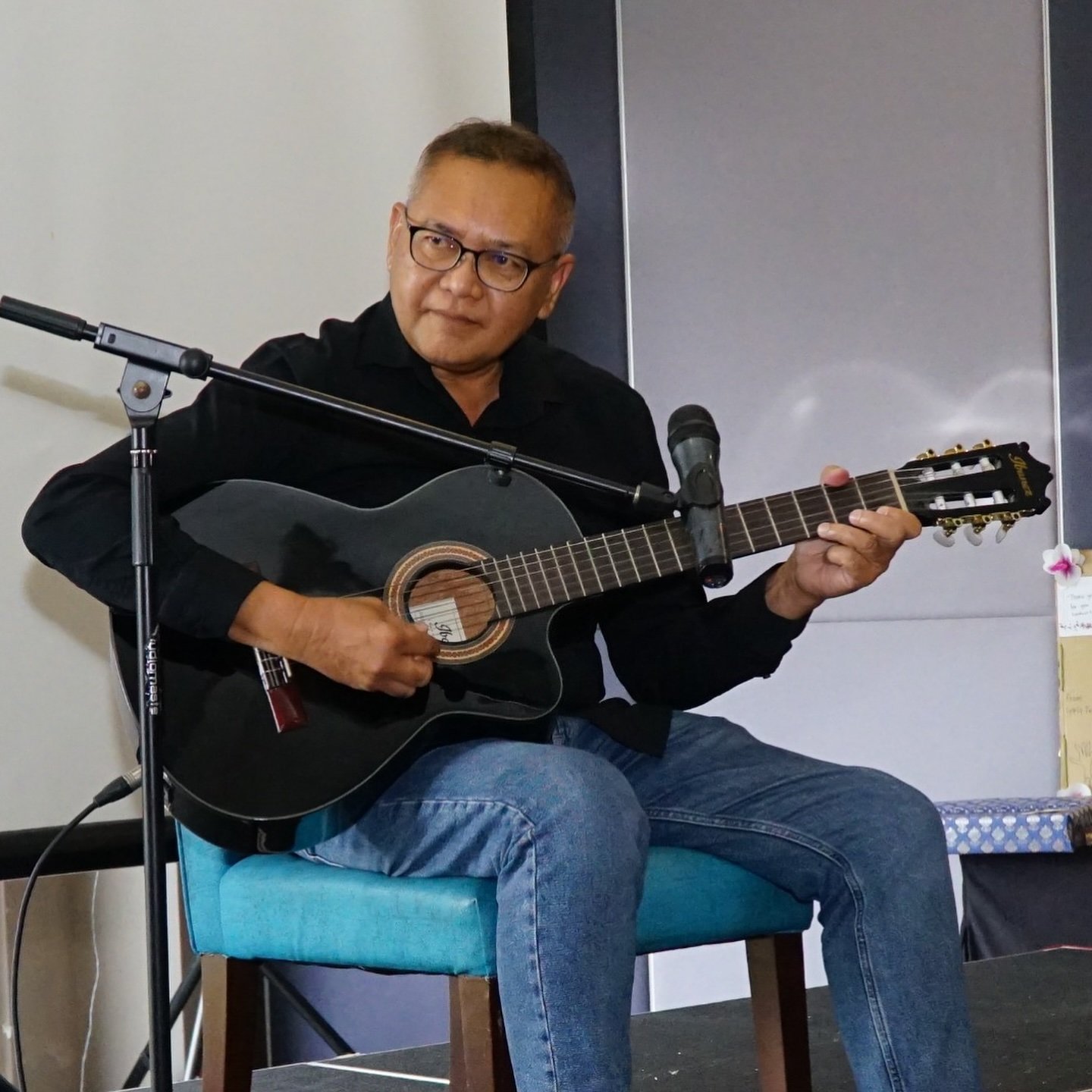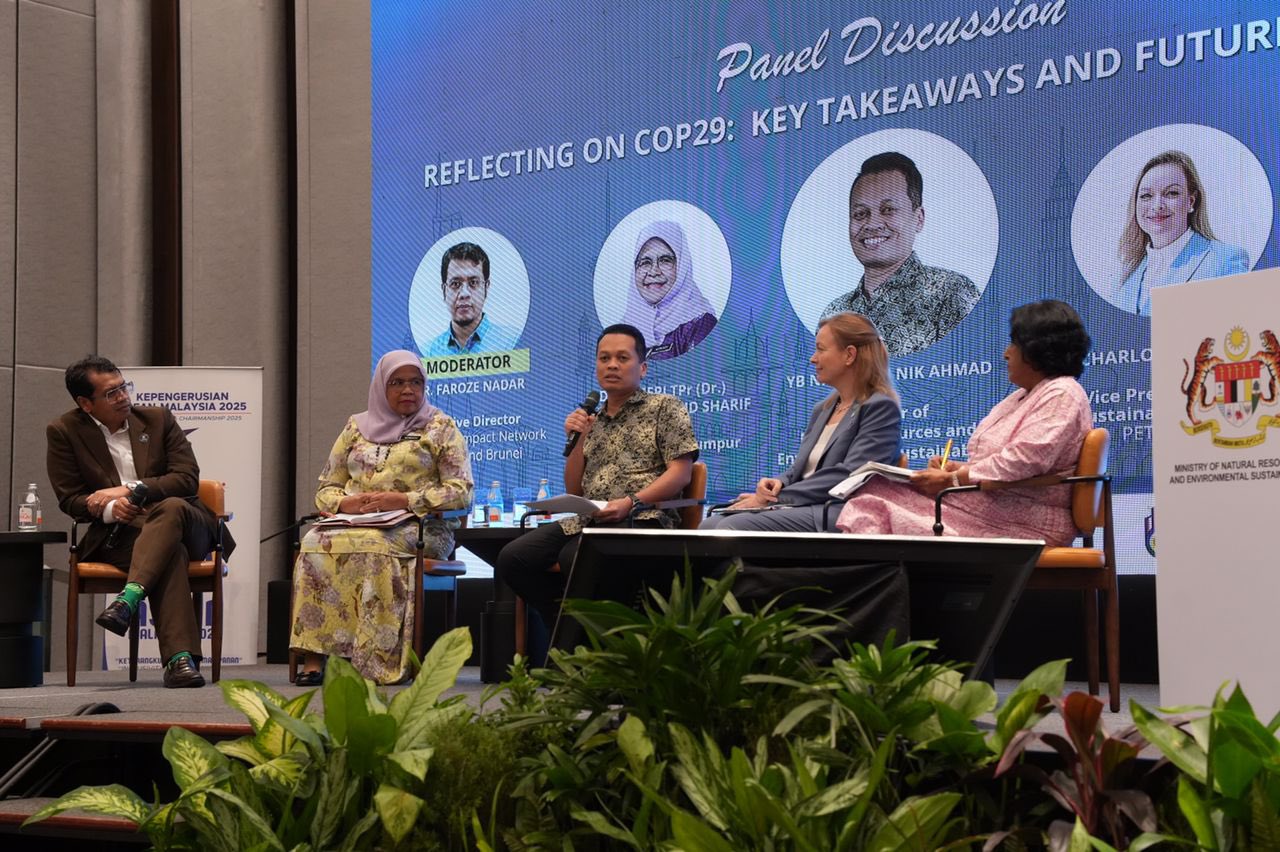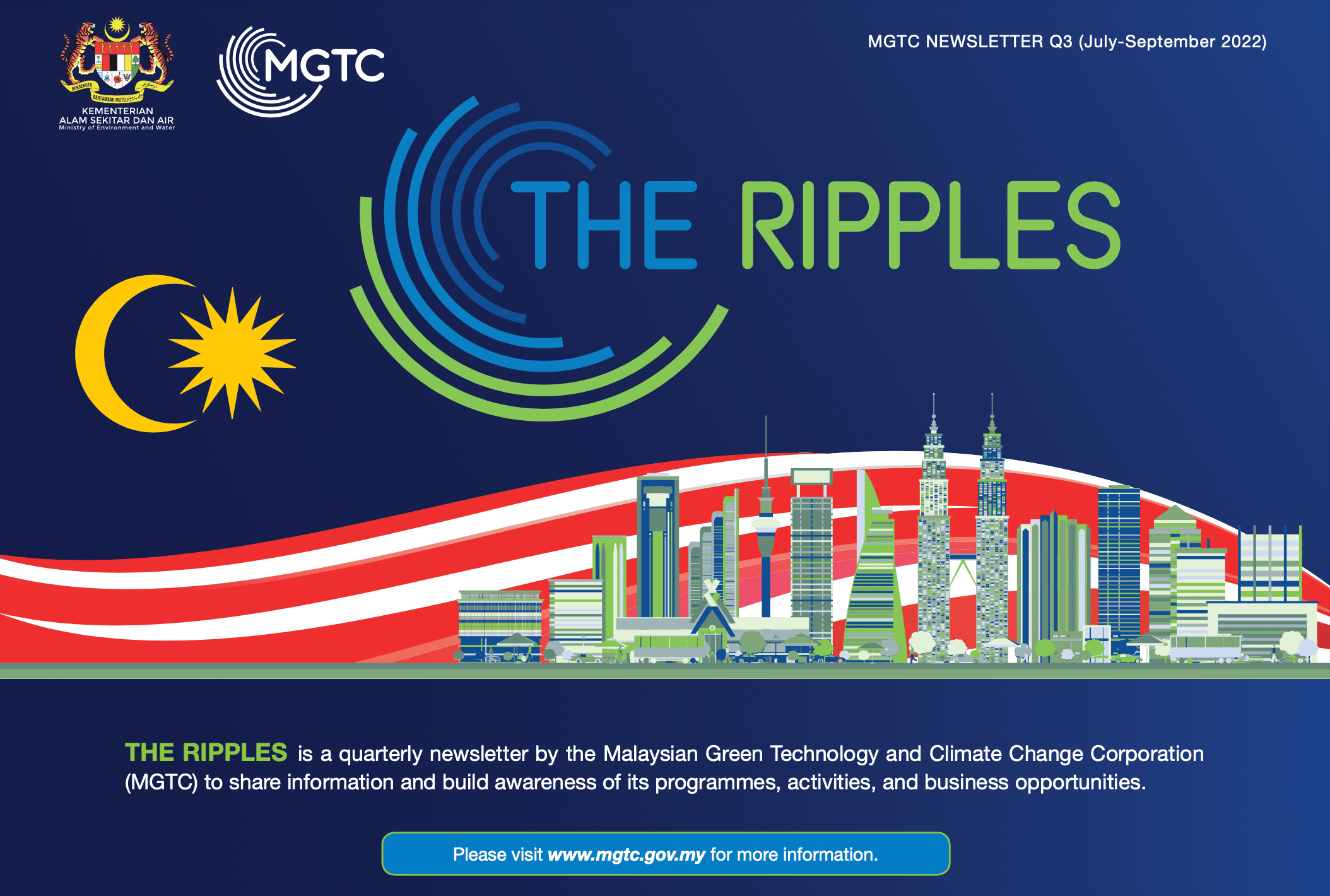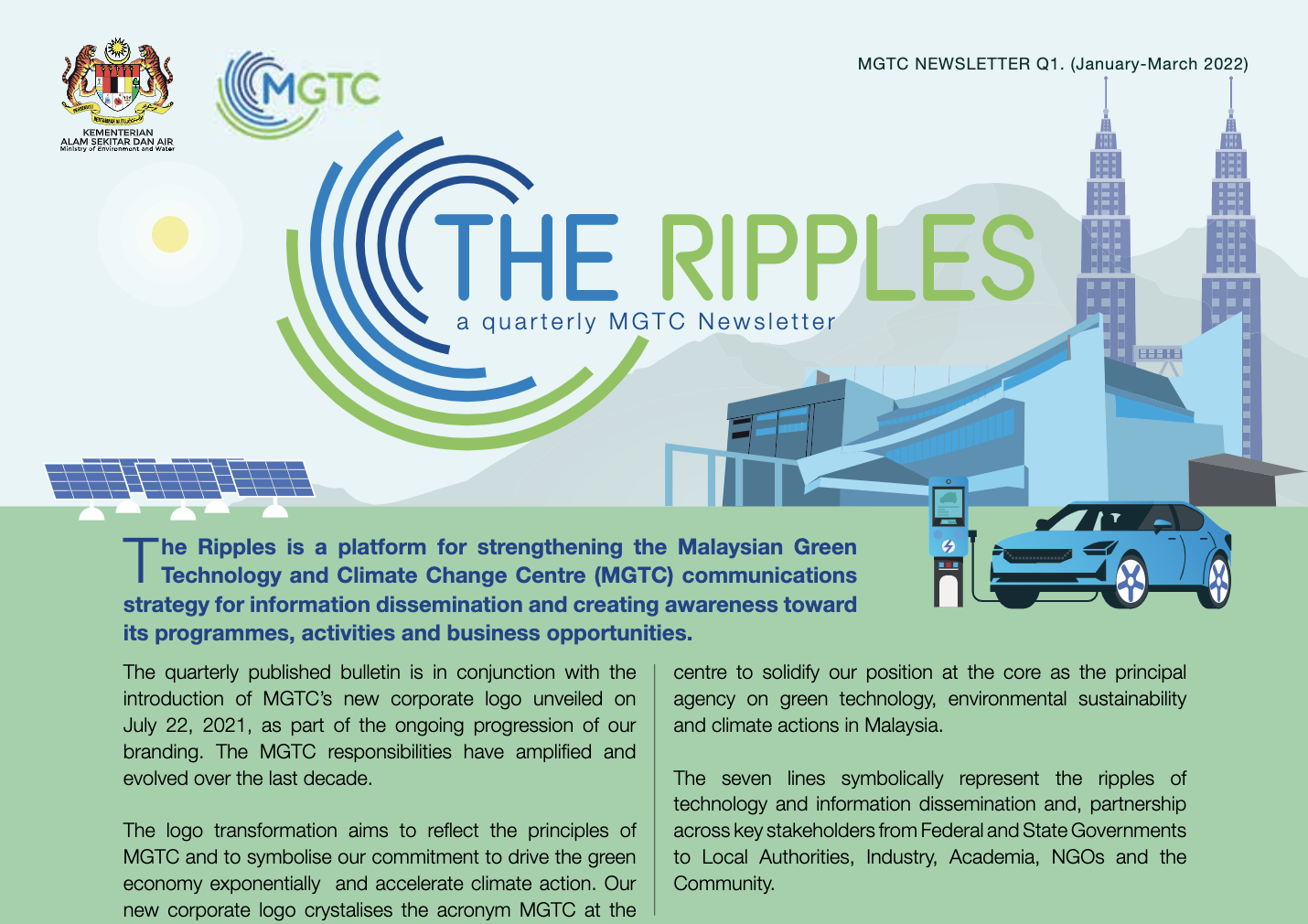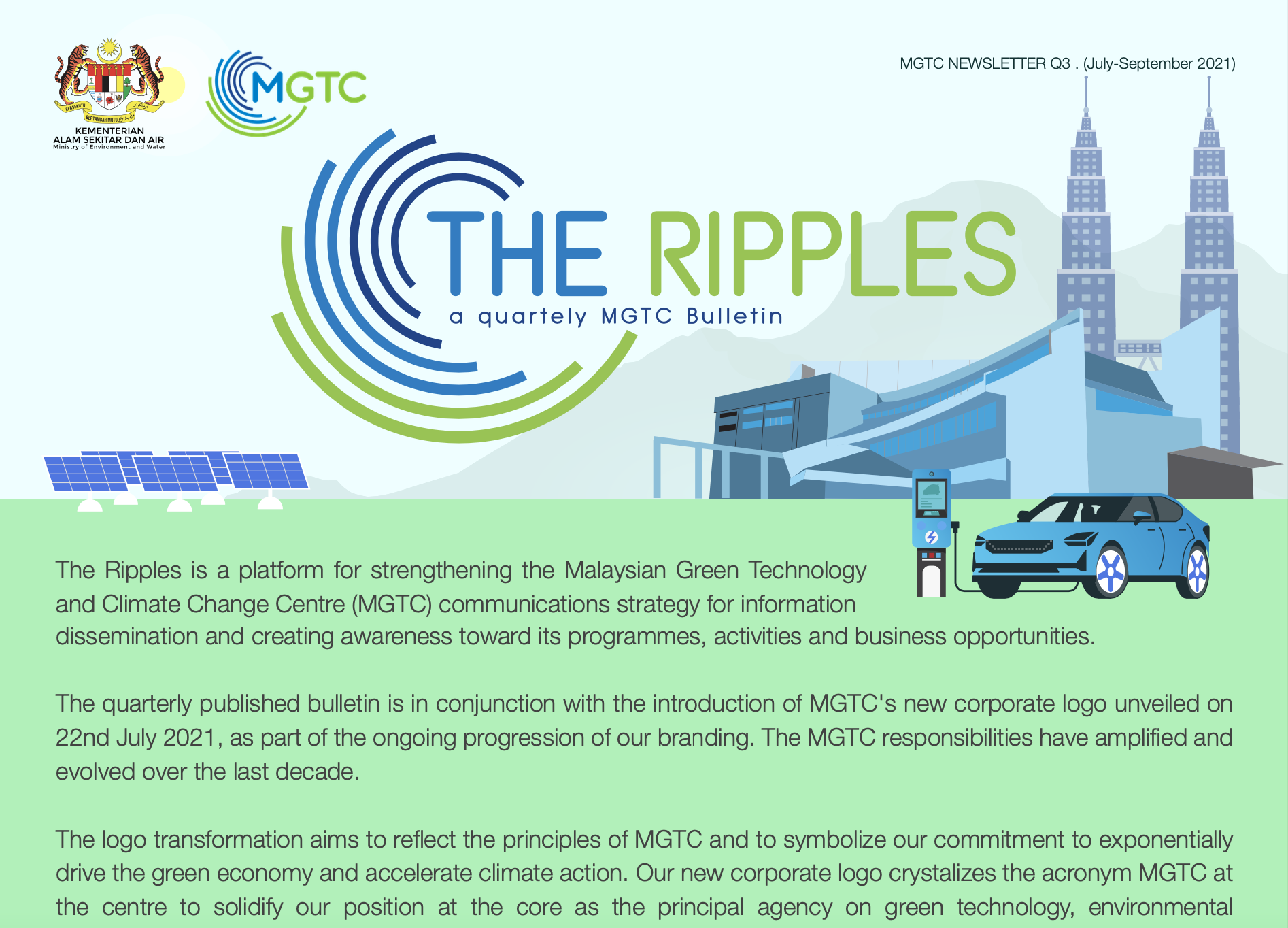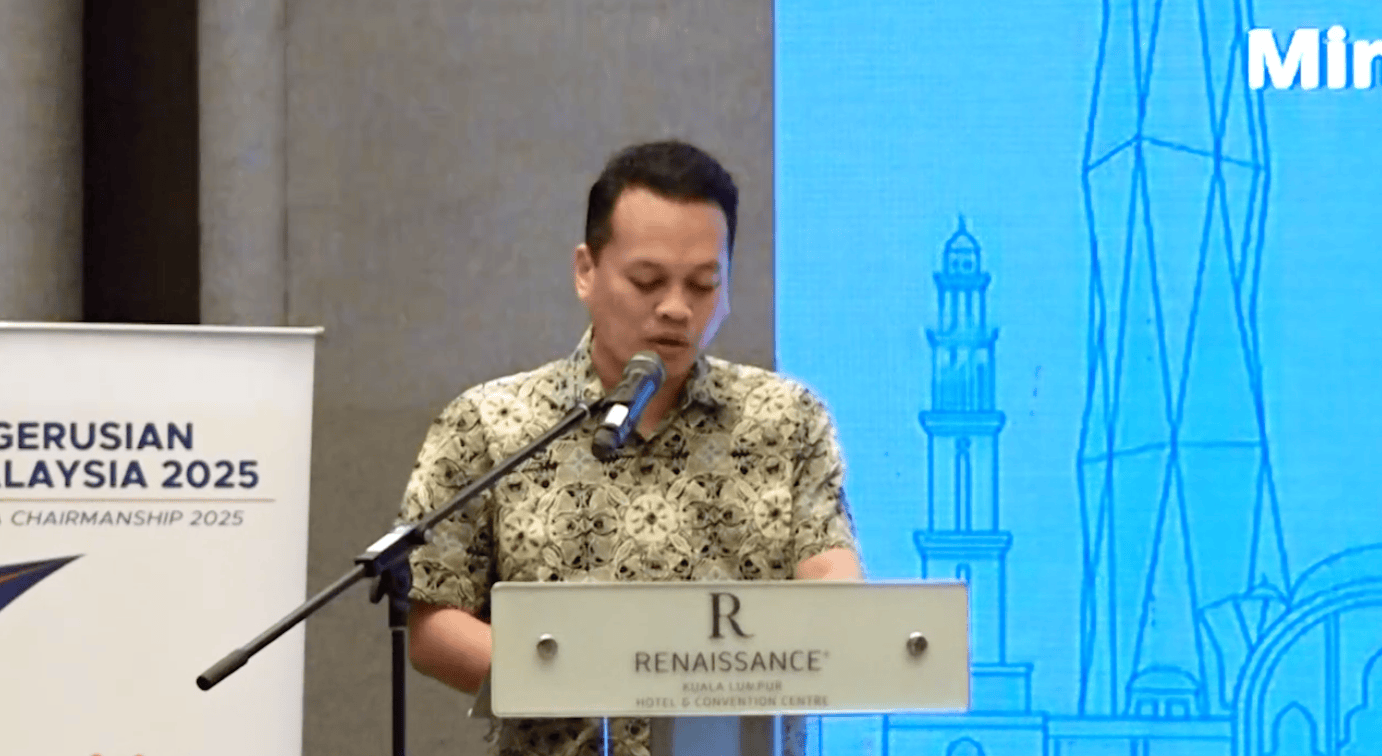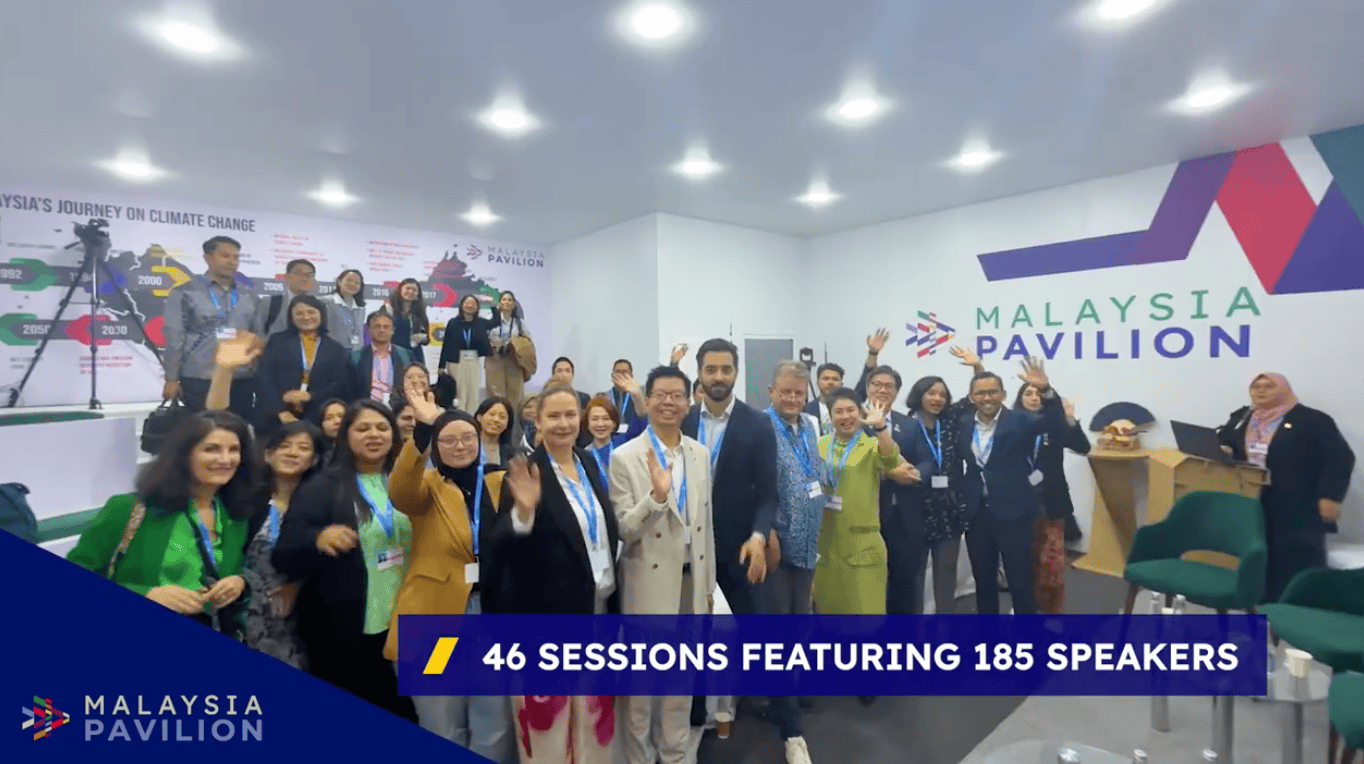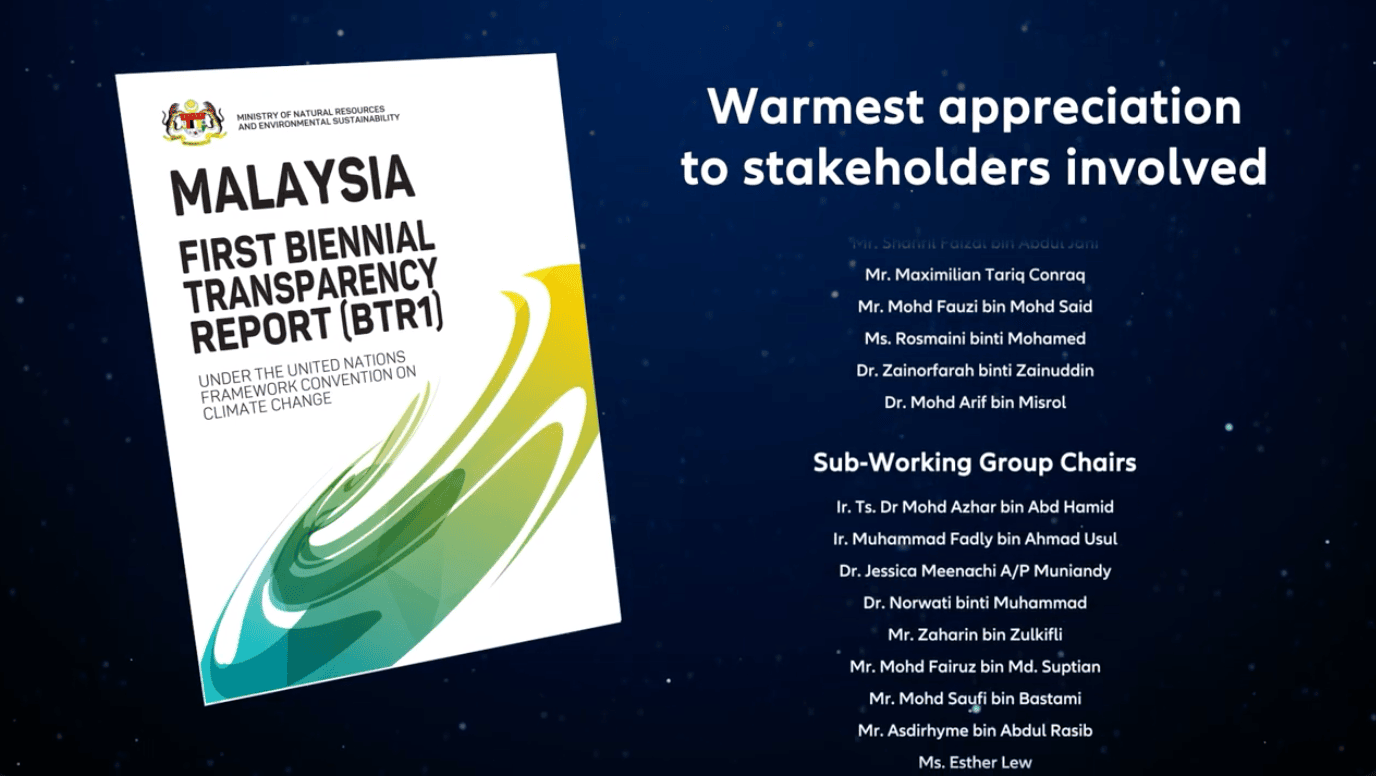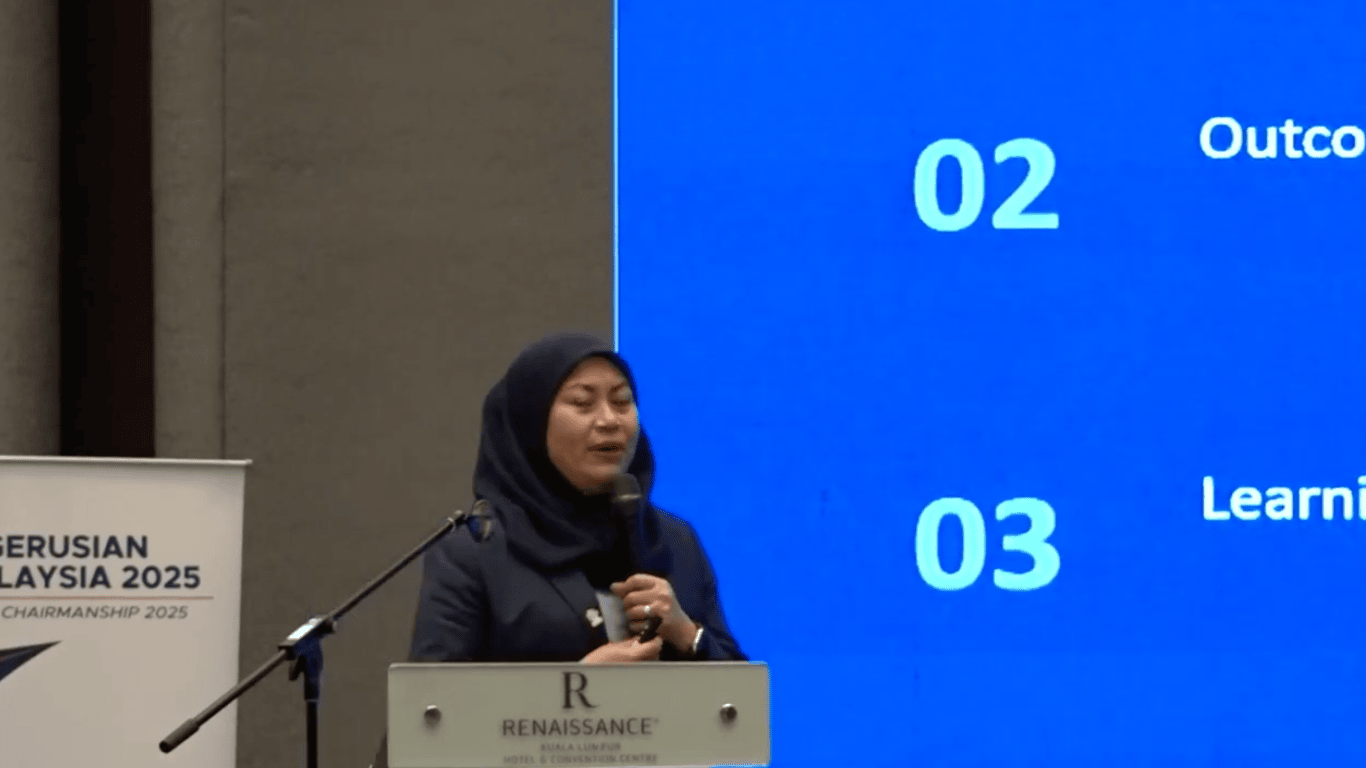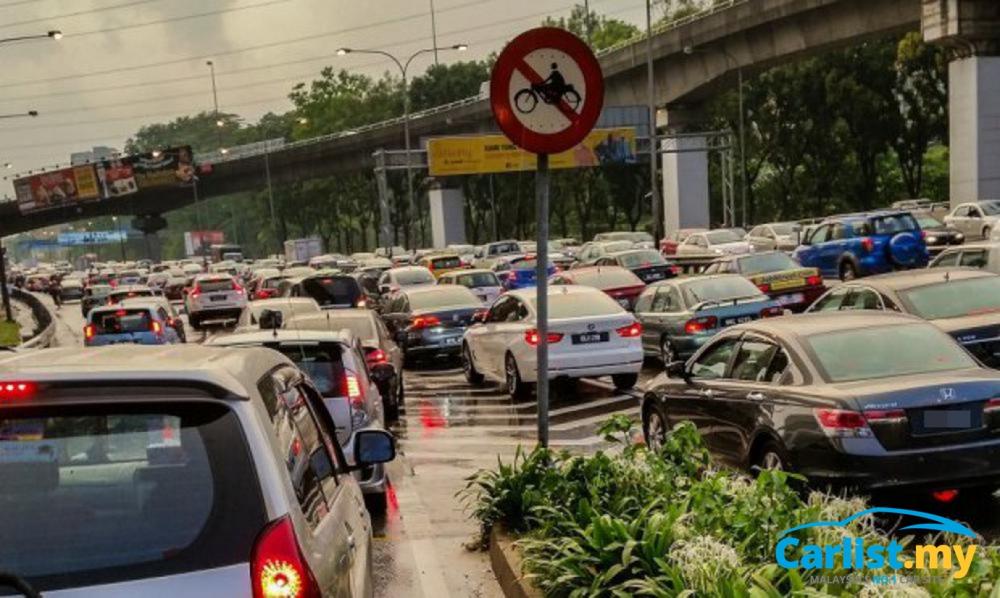
With a population of 32 million, Malaysia has a disproportionately high carbon dioxide emission per capita – at 7.27 tonnes, double that of Thailand’s 3.64 tonnes and higher than even China’s 6.59 tonnes (data as of 2015).
China might be home to many of the world’s most polluted cities and Bangkok’s air quality might be worse than Kuala Lumpur’s but both countries also have a far higher population than Malaysia – 69 million for Thailand and 1.38 billion for China – and have far more industrial activities.
While there are less of us, an average Malaysian individual’s daily habits contribute more to climate change than the average mainland Chinese or Thai.

Source: CO2 Emission from Fuel Combustion Highlights (2017 Edition), International Energy Agency
The reason behind Malaysia’s disproportionately high air pollution is due to our reliance on privately owned vehicles. There were 29.4 million vehicles on our roads – 13.8 million cars and 13 million motorcycles. Malaysia’s transport sector is responsible for spewing 61.4 million tonnes of carbon dioxide equivalent in 2015, making it the second biggest polluting sector after electric power generation.
The immediate action plan to improve Malaysia’s air quality centres around public transport, whose modal share (percentage of commuters using the service) is still far too low when compared to benchmark green cities.
The Malaysian Green Technology Corporation or GreenTech Malaysia, an agency under the purview of the Ministry of Energy, Science, Technology, Environment, & Climate Change, is a focal point in decarbonizing Malaysia’s transportation sector.

The agency’s Low Carbon Mobility Blueprint and Action Plan (LCMB) has three main objectives – raising ridership of public transport, accelerating the adoption of clean energy vehicles, and improvement of vehicle technologies (higher efficiency and lower emissions vehicles).
The Low Carbon Mobility Blueprint and Action Plan will be announced this year. The land transportation sector will see improvements in accessibility and connectivity, reduced traffic congestion, lower spending on transportation fuel, better environment and healthy lifestyle.LCMB’s objectives will complement the existing National Land Public Transport Master Plan (NLPTMP) target of having 40 percent of Klang Valley residents commuting using public transport by year 2020.
For other major cities, the target is to reach the same milestone by year 2030. NLPTMP implementation has resulted in increased model share of public transport in Klang Valley from 16 percent to 20 percent between 2010 and 2015, mainly contributed by successful initiative under MyRapid. Over the last five years, MyRapid has made significant improvements in our public transport system, especially in Klang Valley and Penang.
The integration between Rapid KL buses and MRT/LRT now work a lot better than before. The wider coverage of MRT and Rapid KL buses today should raise the figure even further. Over the last five years, MyRapid has made significant improvements in our public transport system, especially in Klang Valley and Penang. The integration between Rapid KL buses and MRT/LRT now work a lot better than before. Between 2010 and 2015, model share of public transport in Klang Valley increased from 16 percent to 20 percent. The wider coverage of MRT and Rapid KL buses today should raise the figure even further.

Of course, much still needs to be done to improve the first-mile and last-mile connectivity – the means of getting to/from the train station. But the advent of e-hailing has also negated this to be almost a non-issue.
Decarbonizing vehicles with electric drivetrains extends beyond just private vehicles but also public buses. Alternative energy fueled public buses are in various stages of trial runs, not just in Klang Valley but also in Sarawak.
A fleet of electric buses currently ply several routes in Selangor including the heavily-populated Petaling Jaya neighbourhood. Meanwhile in Sarawak, several fuel-cell hydrogen buses are being trialed in Kuching.
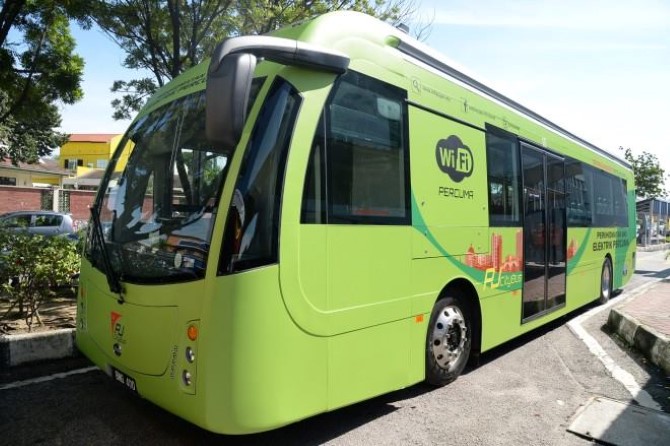
Free electric bus service by MBPJ (image: Media Selangor)
While electric drivetrains are welcomed, doing your part to reduce our carbon footprint doesn’t require any fancy new technology. Anyone can start with the simplest step – changing the way we move around. Drive less, walk/cycle more, and where possible, use public transport.
This post is sponsored by Malaysian Green Technology Corporation, also known as GreenTech Malaysia.
Source : Carlist



